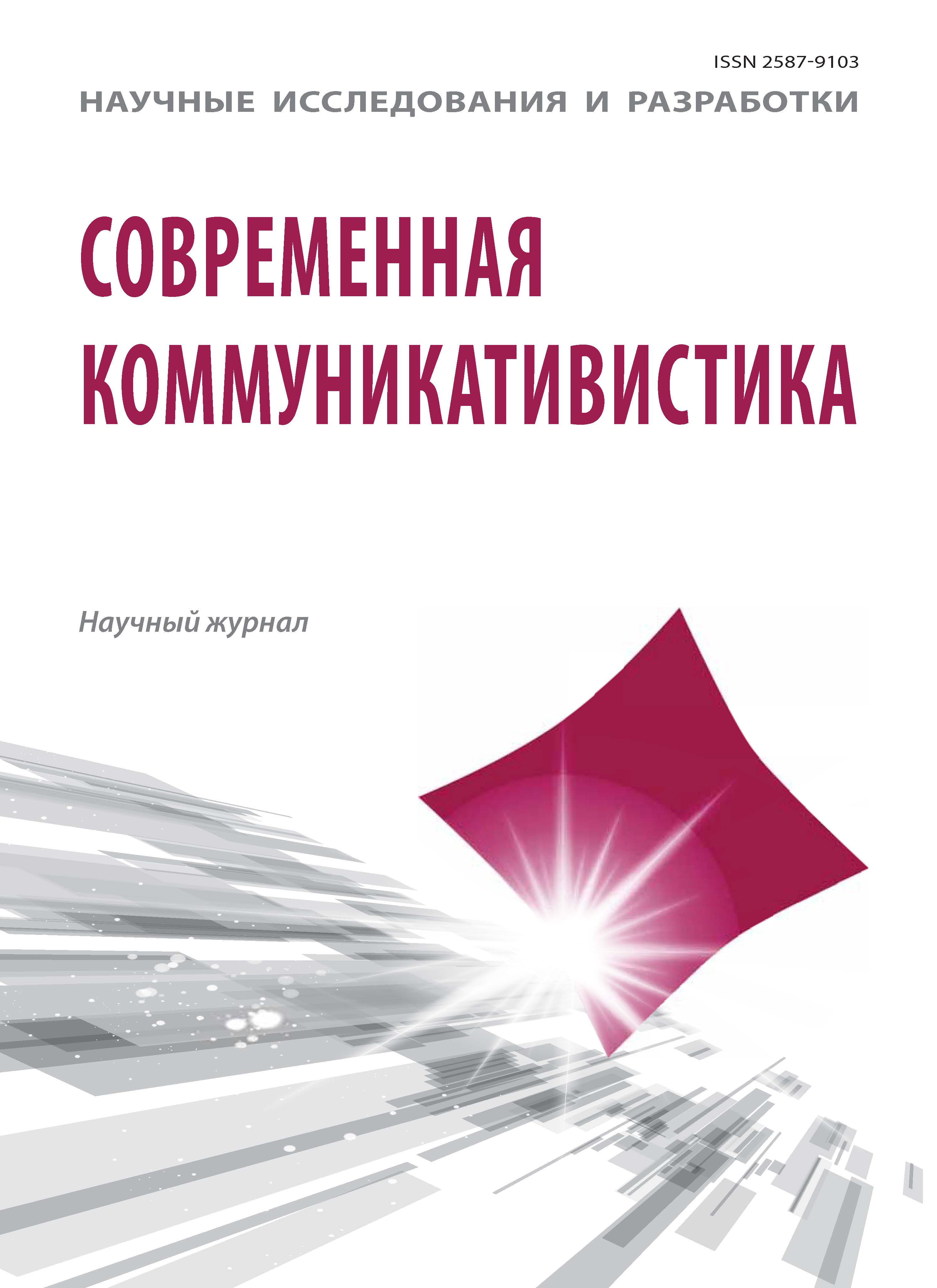All topics touched upon by people in the process of communication are divided into open and closed (forbidden). The forbidden topics includesubjects which are undesirable or unacceptable in the conversation. The open topics include subjects which are desired and acclaimed in the conversation. Each of these varieties of subjects comprises the whole amount of semantic and communicative identifying signs, specifically functions in the communicative space and demonstrates different ways of interaction with the diachronic and synchronous contexts. The characteristics of the subject’s openness and closedness can be detected at the level of a person, a group and a language community. The analysis of three different types of sources indicates that there is a single and computable list of twelve forbiddensubjects in English, Chinese and Russian. The closedness of the topic has less to do with a particular subject of discussion as with the assessment itself. The communication format, target setting and the degree of intimacy deform the idea of forbidden and open topics in specific situations of communication. The presence of a single list of closed topics in the languages of different systems once again points to the fundamental differences between the actual communicative and the actual language units and their relative independence from each other.
open and closed themes, euphemisms, taboo, politeness, intercultural communication
Характер протекания коммуникации на любом уровне определяется массой факторов, среди которых главенствующее место занимают составляющие коммуникацию и определяющие ее трансляцию единицы. В числе этих единиц находятся существующие у носителей языка стереотипные представления, которые фиксируют, о чем можно и нельзя говорить в той или иной ситуации. До сих пор эти представления не получили самостоятельного целостного описания. Их последовательный анализ требует использования понятий «открытые» и «закрытые» темы. Данные понятия, являясь эффективным инструментом коммуникативного анализа, при ближайшем рассмотрении предстают в качестве элемента действительности, т.е. такого компонента коммуникации, который существует вне воли исследователя. Это подтверждают наблюдения над коммуникативным поведением любых групп лиц. У всех есть представления о том, какие семантические комплексы в речи допустимо актуализировать, а какие — нет.
1. Zhakhanova Z.R. Taboos and euphemisms in the English and Kazakh languages [Elektronnyy resurs] // Available at: http:// www.econf.rae.ru/article/7758 (accessed 19 July 2016).
2. Dal’ V. Tolkovyy slovar’ zhivogo velikorusskogo yazyka. Reprintnoe vosproizvedenie izdaniya 1903-1909 gg. [Explanatory Dictionary of Russian language. Reprint edition reproduction of 1903-1909 gg.]. Moscow, Terra - Knizhnyy klub Publ., 1998, V. 2, 1024 p.
3. Ershova S.E., Sirazhova Z.G. Vezhlivost’ kak rechevoy me¬khanizm uspeshnogo delovogo obshcheniya sovremennogo spetsialista [Politeness as a voice mechanism of successful business communication contemporary specialist]. Nauchnye issledovaniya i razrabotki. Sovremennaya kommunikativistika [Research and development. Modern communication study]. 2015, V. 4, I. 3, pp. 50-52.
4. Chzhan Ch. Evfemizatsiya v russkom i angliyskom yazykakh: lingvokul’turologicheskiy i lingvopragmaticheskiy aspekty. Kand. Diss. [Evfemizatsiya in Russian and English: lingvokultur¬ologicheskij and lingvopragmaticheskij aspects. Cand. Diss.]. Volgograd, 2013.
5. Chibisova O.V. Evfemizmy v mezhkul’turnoy kommunikatsii [Euphemisms in Intercultural Communication]. Alma mater (Vestnik vysshey shkoly) [Alma mater (Journal of the Higher School)]. 2013, I. 1, pp. 91-94.
6. Shuneyko A.A., Avdeenko I.A. Predposylki realizatsii stsenariev informatsionno-kommunikativnykh sobytiy [BACKGROUND implementation of information and communication events scripting]. Uchenye zapiski Komsomol’skogo-na-Amure gosu¬darstvennogo tekhnicheskogo universiteta [Scientific notes of Komsomolsk-on-Amur State Technical University]. 2010, V. 2, I. 3, pp. 78-92.
7. Hatch, Leah Taboo Deformation: How the Fear of Bears and Wolves Manifested Itself in Indo-European Culture [Elektronnyy resurs] // Available at: http://www.academia.edu/12423628/Taboo_Deformation_ How_the_Fear_of_Bears_and_Wolves_Manifested_Itself_in_Indo- European_Culture (accessed 19 July 2016).







